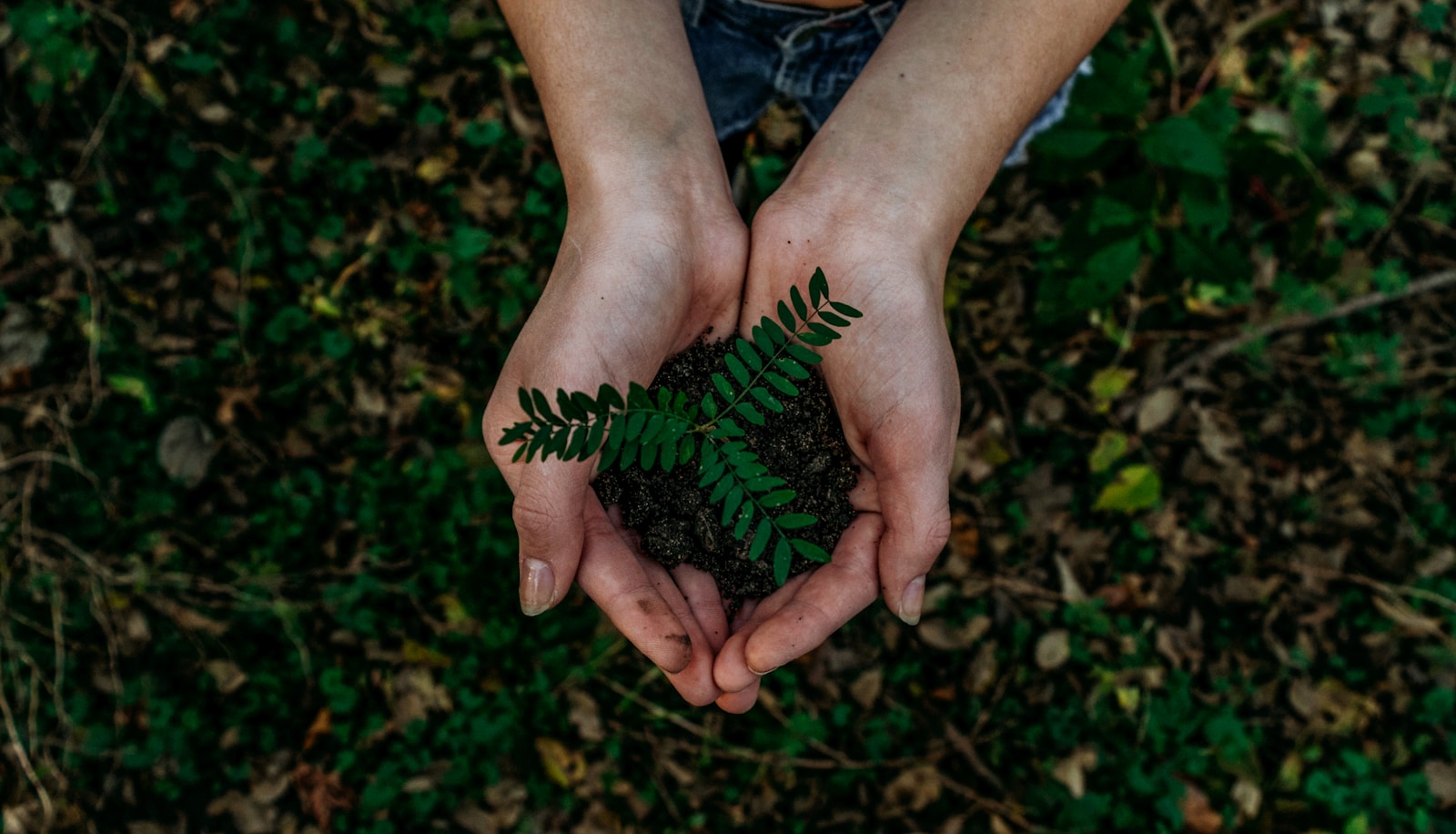The delicate balance of our planet’s ecosystems faces unprecedented challenges in the modern era. Habitat destruction, climate change, pollution, and invasive species have disrupted natural environments worldwide, pushing countless native species toward decline or extinction. Against this backdrop, habitat restoration has emerged as a powerful conservation strategy that goes beyond merely preserving what remains. This science-based approach actively rebuilds damaged ecosystems, recreates lost habitat features, and revitalizes the complex ecological relationships that allow native species to flourish. By understanding and implementing effective habitat restoration practices, conservationists, communities, and governments are writing success stories across landscapes that once seemed irrevocably damaged, proving that with dedicated human intervention, nature possesses remarkable resilience and capacity for recovery.
Understanding Habitat Degradation and Loss

Habitat degradation represents one of the most significant threats to biodiversity worldwide, affecting ecosystems across every continent and climate zone. Human activities like deforestation, agricultural expansion, urbanization, and resource extraction have fragmented once-continuous habitats into isolated patches, making it difficult for species to maintain healthy population sizes and genetic diversity. Climate change has exacerbated these problems by altering temperature and precipitation patterns, shifting growing seasons, and increasing the frequency of extreme weather events. The cumulative impact has been devastating: according to the International Union for Conservation of Nature (IUCN), habitat loss directly threatens 85% of all species currently classified as threatened or endangered. Understanding these degradation processes is essential for developing effective restoration strategies that address root causes rather than merely treating symptoms.
The Science Behind Habitat Restoration
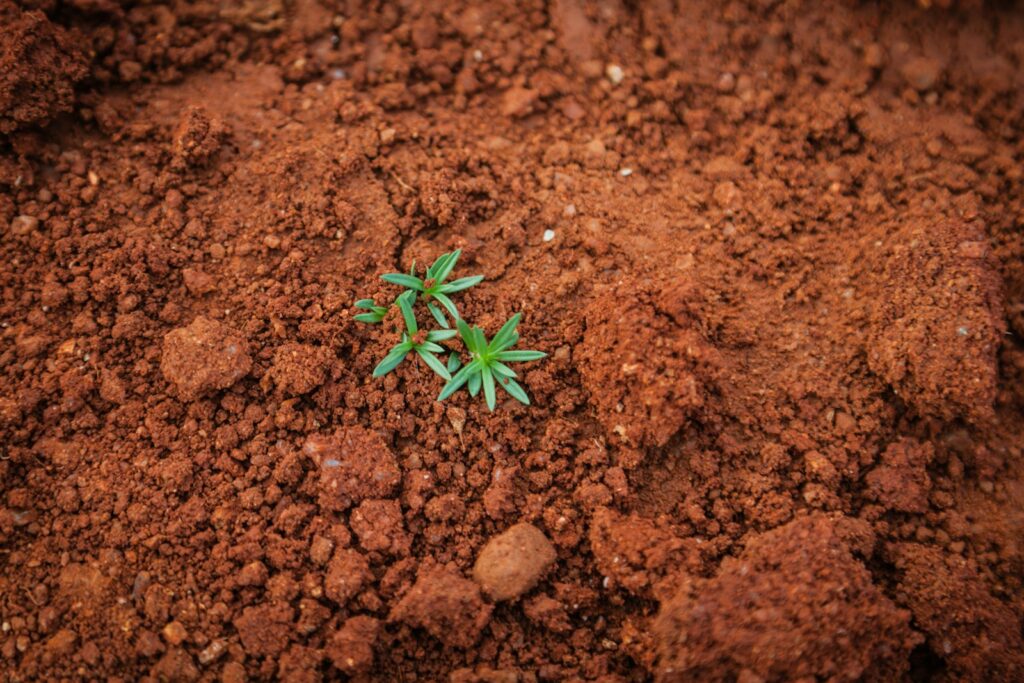
Habitat restoration is a multidisciplinary field that draws on principles from ecology, biology, hydrology, soil science, and even social sciences to rebuild functioning ecosystems. Scientists begin by assessing the historic conditions of a damaged site, identifying reference ecosystems that serve as models for what successful restoration might achieve. They analyze soil composition, hydrology patterns, native vegetation communities, and the complex web of species interactions that characterized the ecosystem before degradation. Modern restoration science emphasizes not just structural elements like vegetation but functional aspects like nutrient cycling, energy flows, and ecological processes that maintain ecosystem health. Advanced techniques including environmental DNA sampling, remote sensing, and sophisticated modeling help practitioners predict how restoration actions will influence ecosystem development over time. This science-based approach has evolved significantly from earlier, simpler revegetation efforts to encompass whole-system recovery that considers both ecological and human dimensions.
Key Components of Successful Restoration Projects

Successful habitat restoration involves several critical components working in harmony to rebuild ecosystem function and resilience. Clear, measurable objectives form the foundation, providing specific targets for species recovery, vegetation structure, water quality, or other ecological parameters. Strong stakeholder engagement ensures local communities, indigenous groups, government agencies, and private landowners all participate in planning and implementation, increasing both ecological knowledge and project sustainability. Addressing the root causes of degradation—whether invasive species, pollutants, altered hydrology, or unsustainable human activities—prevents renewed damage to restored areas. Adaptive management frameworks allow restoration teams to monitor results systematically and modify approaches based on observed outcomes rather than rigidly following initial plans. Finally, long-term maintenance and monitoring commitments, often spanning decades, recognize that ecological recovery follows complex trajectories and may require periodic human intervention as the system develops toward greater self-sustainability.
Native Plant Communities as Foundation Species
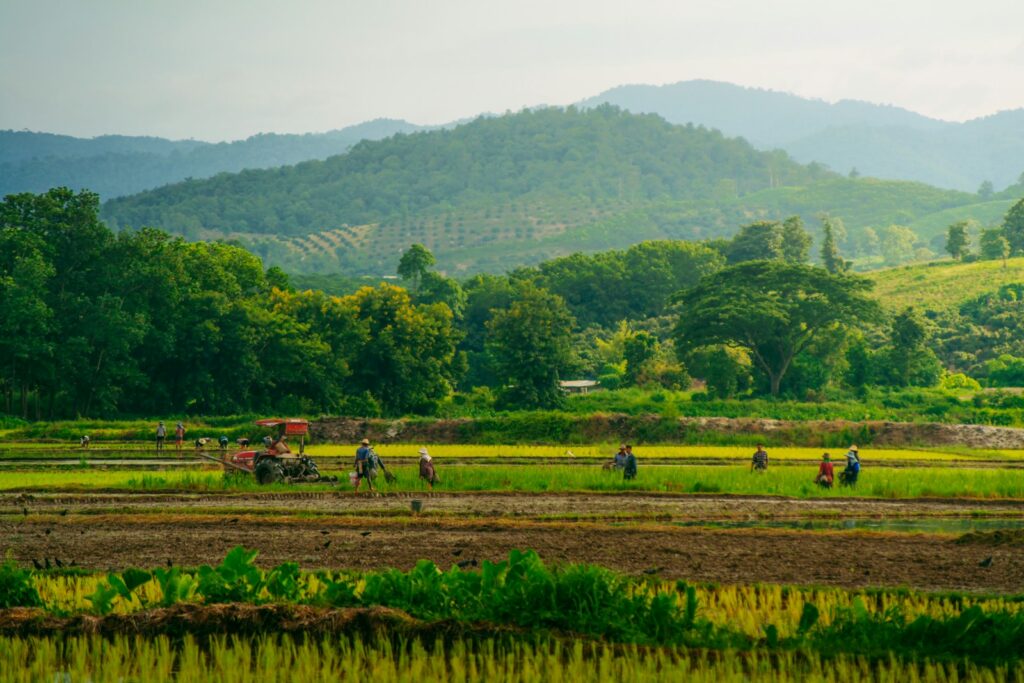
Native plant communities form the cornerstone of habitat restoration efforts, providing the fundamental structure upon which entire ecosystems rebuild. These plants have co-evolved with local soils, climate conditions, pollinators, and wildlife for thousands of years, forming intricate relationships that non-native species cannot replicate. When restoring degraded areas, ecologists carefully select plant species that historically occurred in the area, paying attention to genetic provenance to ensure plants are adapted to local conditions. Native vegetation provides critical food resources through seeds, fruits, nuts, nectar, and foliage that support diverse wildlife from insects to large mammals. Beyond food, these plants offer nesting materials, shelter from predators and weather, and create microhabitats that increase overall biodiversity. The deep, extensive root systems of many native plants also improve soil health by reducing erosion, increasing organic matter, and creating channels for water infiltration—ecological services that benefit the entire ecosystem and enhance its resilience against future disturbances.
Hydrological Restoration in Aquatic Ecosystems
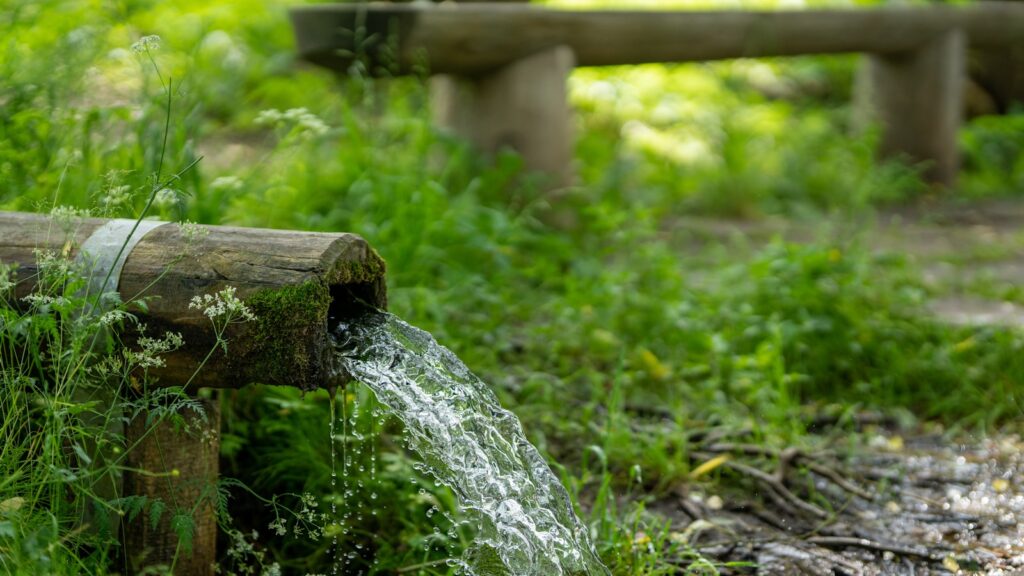
Water flow patterns represent the lifeblood of many ecosystems, making hydrological restoration essential for recovering damaged wetlands, streams, and riparian areas. Restoration practitioners often begin by removing artificial structures like dams, levees, and concrete channelization that have disrupted natural water flow, allowing rivers to reclaim their floodplains and natural meander patterns. In wetland restoration, experts carefully re-establish the hydroperiod—the timing and duration of flooding—that native species evolved to depend upon for their life cycles. Techniques like reconnecting oxbow lakes, recreating stream sinuosity, and introducing natural features such as beaver dams or woody debris enhance habitat complexity and provide critical spawning grounds for fish and amphibians. Beyond physical restructuring, hydrological restoration frequently addresses water quality by filtering pollutants through constructed wetlands, vegetated buffers, and bioremediation approaches that utilize plants and microorganisms to remove contaminants. The resulting improvements in water clarity, temperature regulation, and dissolved oxygen levels create conditions where sensitive aquatic species can once again thrive after decades of absence.
Wildlife Corridors and Connectivity
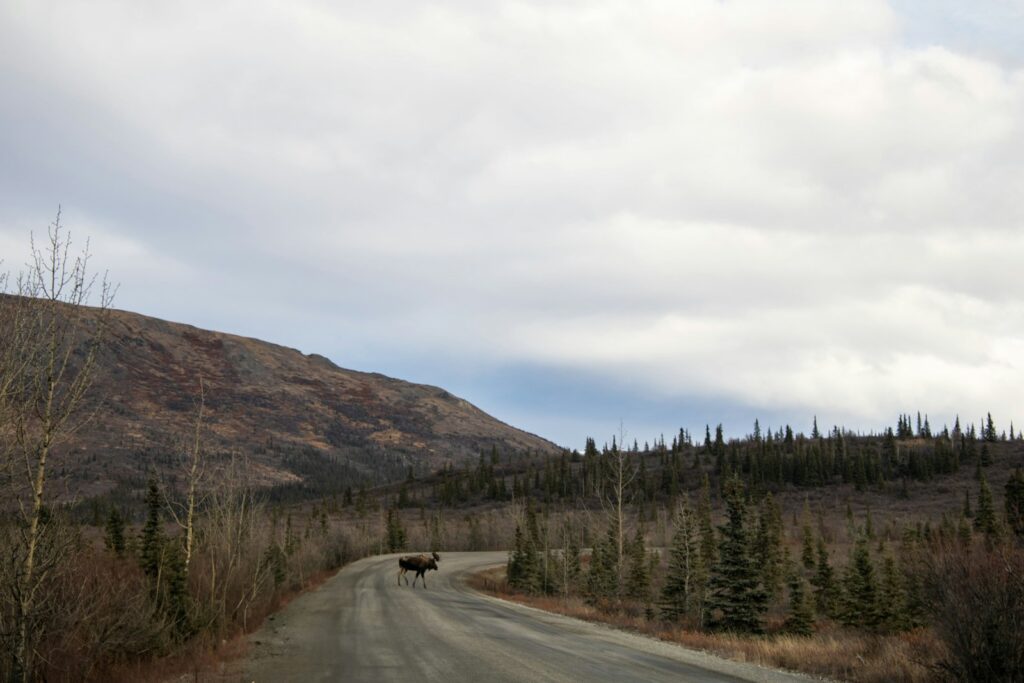
Habitat fragmentation has left many wildlife populations isolated in habitat islands, vulnerable to genetic bottlenecks and local extinction events. Creating wildlife corridors—continuous strips of suitable habitat connecting larger habitat blocks—has emerged as a critical restoration strategy to counter these effects. These corridors facilitate animal movement for seasonal migration, dispersal of young animals seeking new territories, genetic exchange between populations, and climate adaptation as species shift their ranges. Well-designed corridors consider the specific movement needs of target species; for instance, forest-dependent birds require continuous tree canopy, while amphibians may need chains of wetlands within dispersal distance. In urban and agricultural landscapes, even modest features like hedgerows, riparian buffers, and underpasses beneath highways can provide crucial connectivity. Advanced corridor planning now incorporates climate change projections, designing networks that will facilitate species’ range shifts as temperature and precipitation patterns alter habitat suitability across landscapes. Research has consistently shown that connected habitats support more species, maintain healthier populations, and exhibit greater ecological resilience than isolated habitat fragments of equivalent total area.
Managing Invasive Species During Restoration
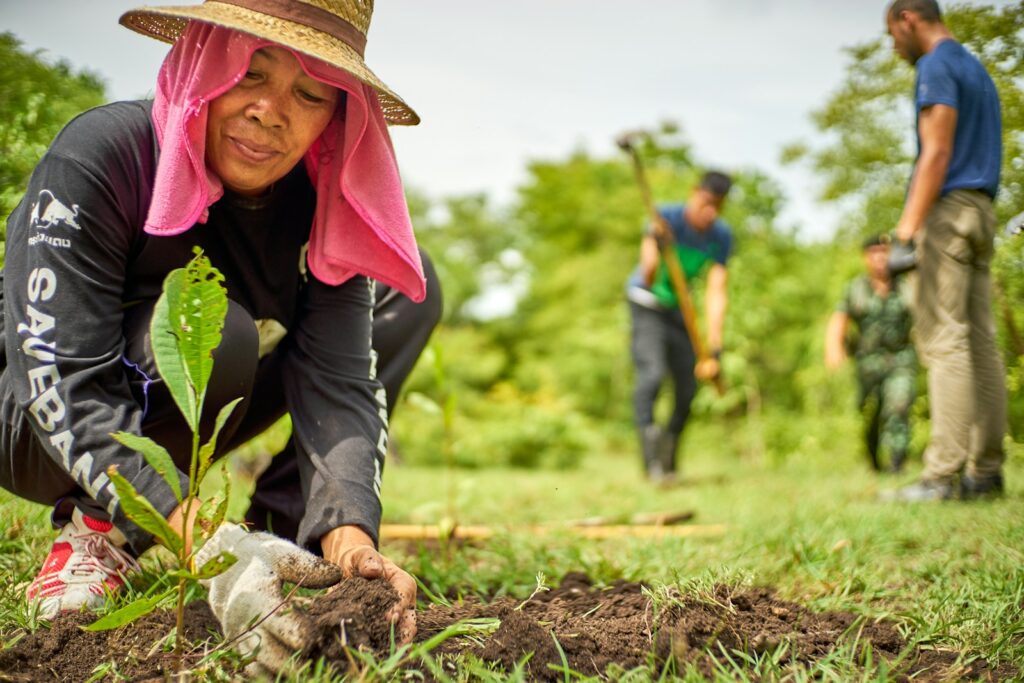
Invasive species represent one of the most formidable challenges in habitat restoration, often dominating degraded sites and actively preventing native species recovery. Successful restoration typically involves a carefully sequenced approach to invasive management that begins with thorough site assessment to identify which non-native species pose the greatest ecological threats. Practitioners employ multiple control techniques including manual removal, targeted herbicides, prescribed burning, biological controls, and strategic timing of interventions to match vulnerable points in the invasive species’ life cycle. Rather than attempting complete eradication—which is often prohibitively expensive or ecologically disruptive—modern approaches focus on reducing invasive species below threshold levels where they no longer suppress native recovery. Immediate revegetation with competitive native species follows invasive removal to occupy the newly available space and resources, preventing reinvasion. Long-term monitoring and rapid response protocols for new invasions protect the restoration investment, as research shows that early intervention against invasive species costs a fraction of controlling established populations. This integrated management approach has transformed many projects that previously struggled with persistent reinvasion problems after initial restoration work.
Soil Rehabilitation and Microbiome Restoration

The living soil ecosystem forms the foundation of terrestrial habitat recovery, yet has historically received less attention than above-ground components in restoration projects. Modern restoration science recognizes that soil health encompasses physical structure, chemical properties, and especially the complex community of microorganisms that drive nutrient cycling and plant health. In severely degraded sites where topsoil has been removed or contaminated, practitioners may reconstruct soil profiles by adding organic matter, adjusting pH, decompacting subsoils, and introducing appropriate soil amendments. Mycorrhizal fungi, which form symbiotic relationships with approximately 90% of plant species, receive particular attention through direct inoculation or management practices that favor their natural colonization. These fungal networks dramatically increase plants’ access to water and nutrients while improving soil structure through the production of glomalin, a sticky protein that binds soil particles. In mining restoration and brownfield reclamation, specialized microorganisms capable of breaking down contaminants may be introduced through bioremediation techniques. Research increasingly shows that restoring soil biodiversity—from bacteria and fungi to arthropods and earthworms—accelerates plant establishment, increases resilience to drought and disease, and creates self-sustaining ecosystems that require less human intervention as they mature.
Restoration for Endangered Species Recovery
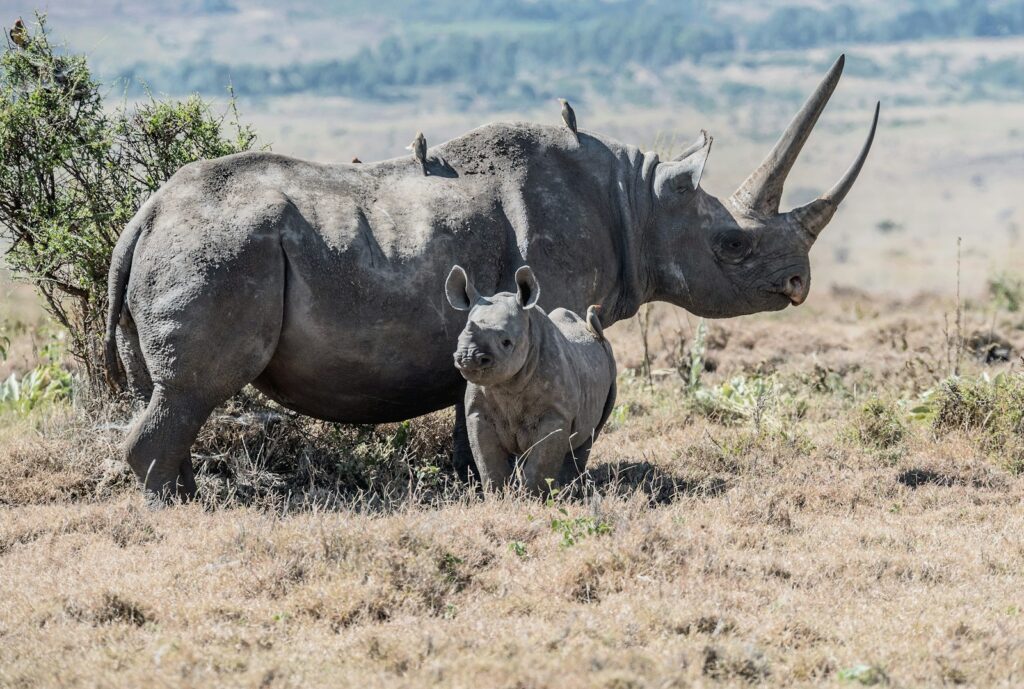
Targeted habitat restoration has become an indispensable tool in endangered species recovery plans, offering hope for creatures on the brink of extinction. Biologists designing restoration for endangered species conduct detailed studies of the target species’ habitat requirements, identifying critical features like specific food plants, nesting substrates, microclimate conditions, and spatial arrangements that must be recreated. For species with extremely specialized needs, restoration may focus on seemingly minor habitat elements—particular soil chemistry for rare plants, specific host trees for endangered insects, or precise water temperature regimes for threatened fish. The California condor recovery program, for instance, included restoring feeding stations free from lead contamination, while the successful recovery of the Kirtland’s warbler depended on restoring young jack pine forests maintained by prescribed fire. Restoration timelines must align with endangered species life histories; some projects require years of habitat development before reintroduction attempts, while others can support species returns almost immediately after initial work. Monitoring in these specialized restorations tracks both habitat development and species response metrics like population size, reproductive success, and genetic diversity to assess progress toward recovery goals.
Community Involvement and Citizen Science
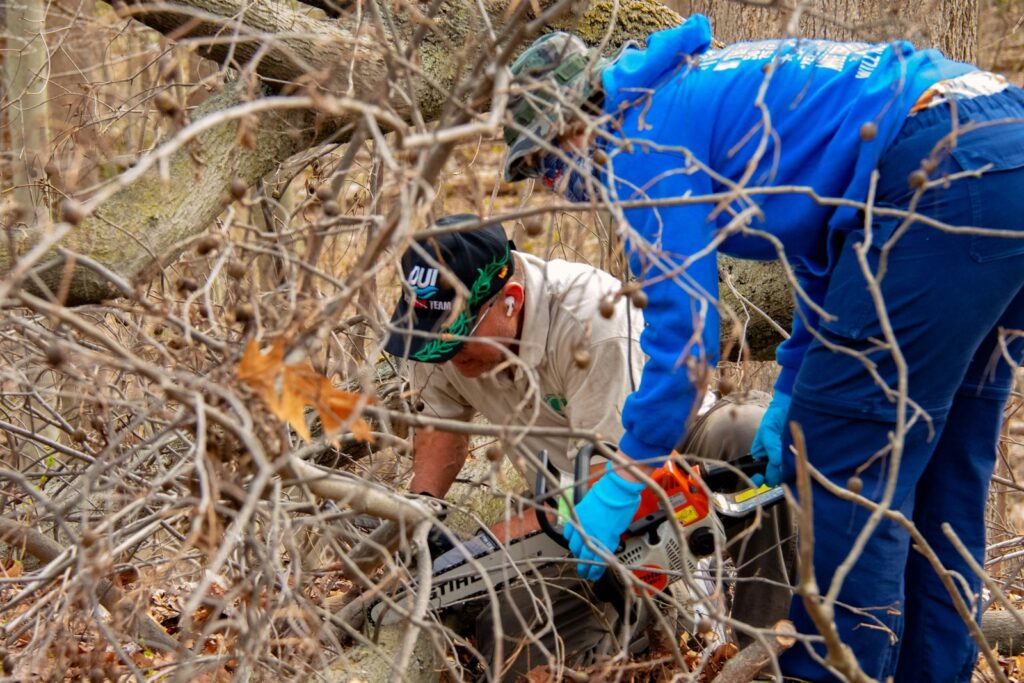
The most resilient and successful habitat restoration projects engage local communities not merely as observers but as active participants throughout the restoration process. Community involvement manifests in many forms: volunteer workdays removing invasive plants and planting natives, citizen science programs monitoring wildlife returns, school curriculum integration teaching ecological concepts through restoration projects, and community advisory boards guiding project priorities. These human connections transform restoration from a purely technical exercise into a socio-ecological endeavor that builds both environmental and community resilience. Indigenous and traditional knowledge often provides invaluable insights about historical ecosystem conditions and management practices that scientific records alone might miss. The Chicago Wilderness initiative exemplifies this approach, uniting more than 200 organizations in restoring and managing natural areas across the region while involving thousands of volunteers who contribute labor and collect scientific data. Research has demonstrated that community-supported restoration projects tend to receive better long-term maintenance, experience less vandalism, and create constituencies advocating for natural resource protection—social benefits that complement the ecological gains and significantly improve project sustainability.
Measuring Restoration Success
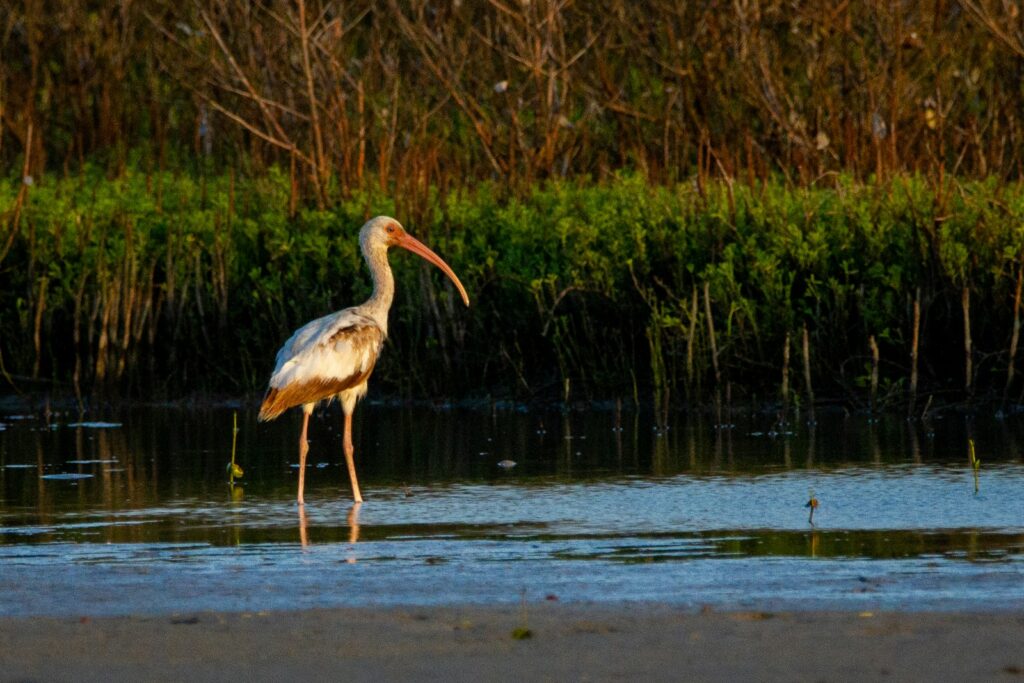
Evaluating habitat restoration success requires sophisticated monitoring frameworks that capture both short-term progress and long-term ecosystem development. Practitioners establish baseline conditions before restoration begins, then track multiple parameters including vegetation structure, species diversity, ecological processes like nutrient cycling, and the return of key indicator species that signal improving habitat quality. Modern monitoring approaches emphasize functional metrics alongside structural ones—not just counting species but assessing whether ecological processes like pollination, seed dispersal, and decomposition have resumed normal function. Remote sensing technologies including satellite imagery, aerial photography, and drone surveys allow cost-effective monitoring of large restoration areas over time, detecting changes in vegetation cover, hydrology, and landscape pattern. Genetic monitoring techniques track population health in recolonizing wildlife, while environmental DNA sampling can detect elusive species from water or soil samples. The Society for Ecological Restoration’s International Standards provide a framework for consistent assessment across projects worldwide, measuring recovery against reference ecosystems while recognizing that restored systems may develop novel characteristics in response to changing environmental conditions. These comprehensive evaluation approaches help practitioners demonstrate return on investment to funders while generating knowledge that improves future restoration efforts.
Economic Benefits of Habitat Restoration
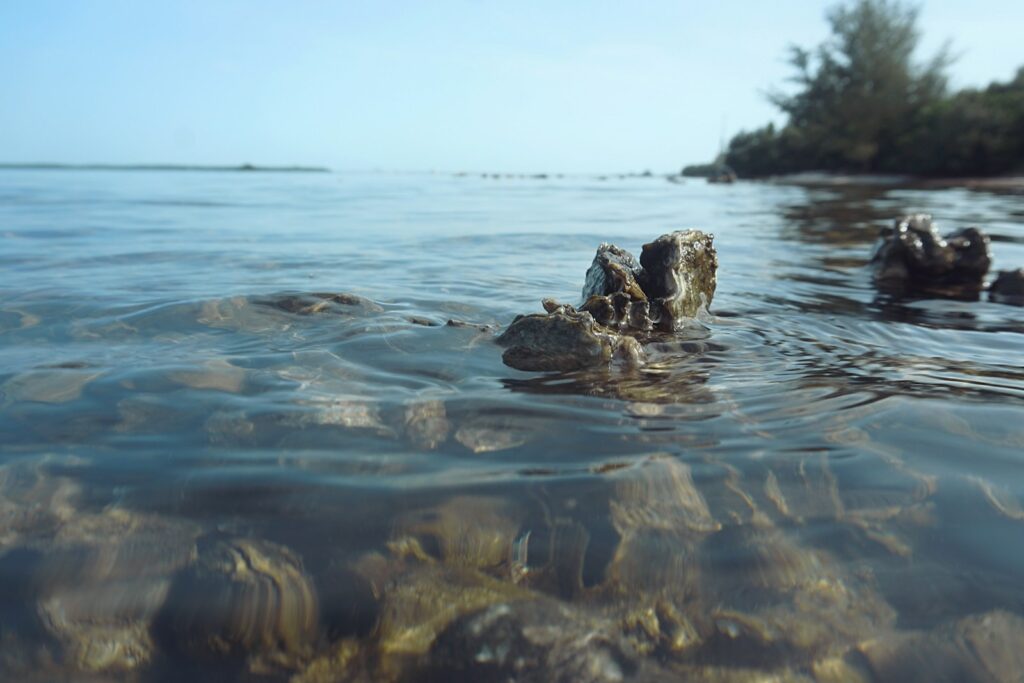
Beyond its ecological value, habitat restoration generates substantial economic benefits that increasingly factor into conservation funding decisions. Restoration projects create direct employment in planning, implementation, and monitoring, with studies showing that restoration investments create more jobs per dollar than many traditional industries—approximately 33 jobs per million dollars invested compared to about 17 in oil and gas development. These jobs often benefit rural communities where other economic opportunities may be limited. Restored ecosystems provide valuable services with quantifiable economic worth: wetlands reduce flood damage to infrastructure, forests improve water quality reducing treatment costs, and vegetated coastlines protect communities from storm surges. The outdoor recreation economy, worth over $800 billion annually in the United States alone, benefits substantially from restored natural areas that attract wildlife watchers, anglers, hunters, and hikers. Property values typically increase near successfully restored natural areas, enhancing local tax bases while creating incentives for private landowners to support conservation. When these diverse economic benefits are comprehensively calculated, studies consistently find that habitat restoration returns between $3 and $30 in economic value for every dollar invested, making restoration not merely an environmental necessity but a sound economic strategy.
Future Directions in Restoration Ecology
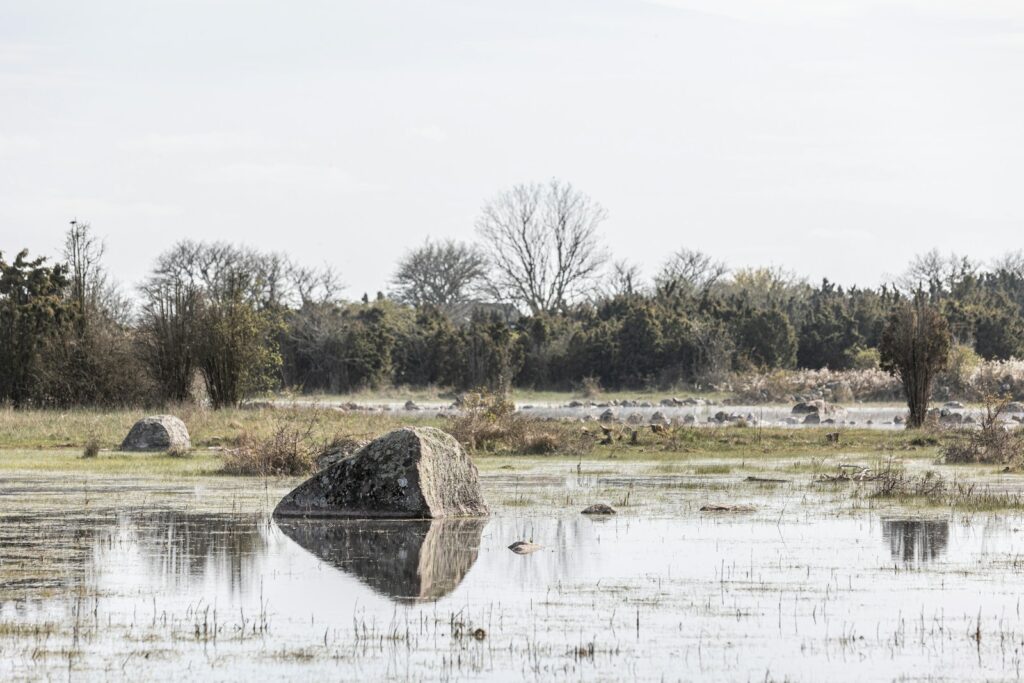
The field of restoration ecology continues to evolve rapidly, with emerging approaches promising to enhance our ability to rebuild functioning ecosystems in an era of accelerating environmental change. Climate-smart restoration represents a significant shift from historical reference-based approaches, incorporating climate projections to design systems resilient to future conditions rather than precisely matching historic assemblages. Assisted migration—deliberately moving species beyond their current ranges to areas predicted to become suitable habitat—remains controversial but increasingly necessary for species with limited dispersal abilities. Advances in genomics offer new possibilities for preserving genetic diversity and even resurrecting functional traits from extinct species, while sophisticated modeling of species interactions helps predict how novel ecosystems might function. The rewilding movement, focusing on restoring large-scale ecological processes through reintroduction of keystone species and apex predators, has demonstrated how individual species can trigger cascading positive effects throughout ecosystems. Integration with traditional ecological knowledge and indigenous management practices enriches scientific approaches with time-tested wisdom about ecosystem functioning. Perhaps most promising is the growing recognition that effective restoration must bridge disciplinary boundaries, integrating ecological science with economics, sociology, psychology, design, and policy to create interventions that work for both nature and human communities in our shared landscapes.
Conclusion

Habitat restoration represents one of humanity’s most powerful tools for reversing biodiversity decline and strengthening ecosystem resilience in our rapidly changing world. By rebuilding the complex ecological foundations that support native species—from soil microbiomes to vegetation communities to hydrological systems—restoration practitioners create conditions where wildlife can recover naturally over time. The most successful projects combine rigorous science with community engagement, addressing both ecological and social dimensions of environmental recovery. While challenges remain, particularly in the face of climate change and ongoing development pressures, restoration success stories from every continent demonstrate nature’s remarkable capacity for renewal when given appropriate human assistance. As restoration techniques continue advancing and implementation scales up globally, these efforts offer tangible hope that many threatened species and ecosystems can not merely survive but thrive once again, enriching our planet’s biodiversity and sustaining the natural systems upon which all life ultimately depends.

